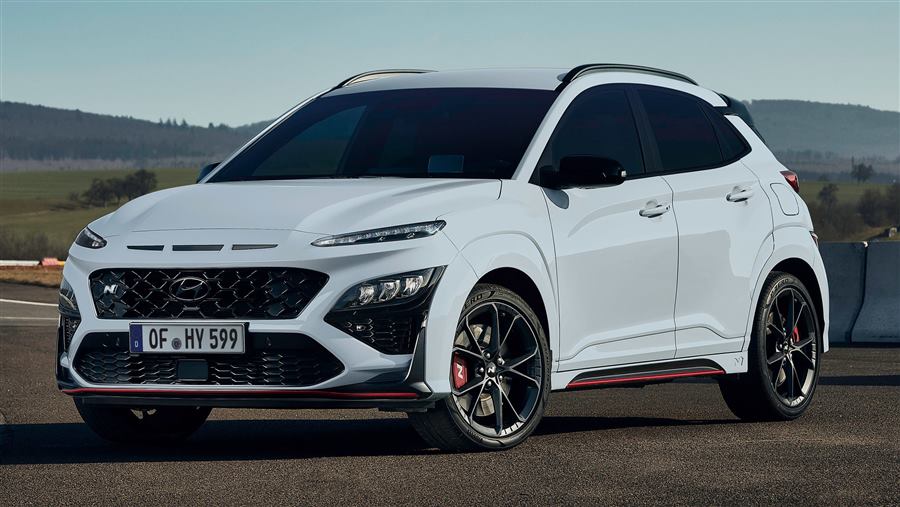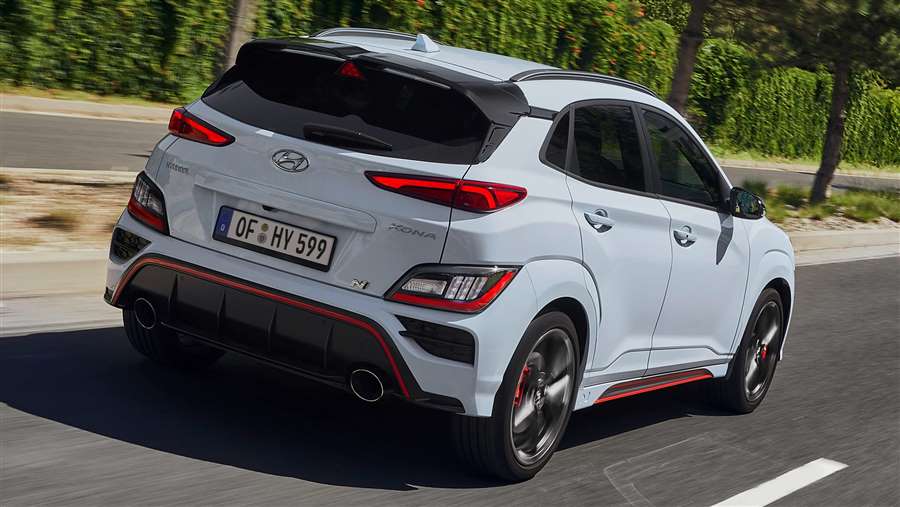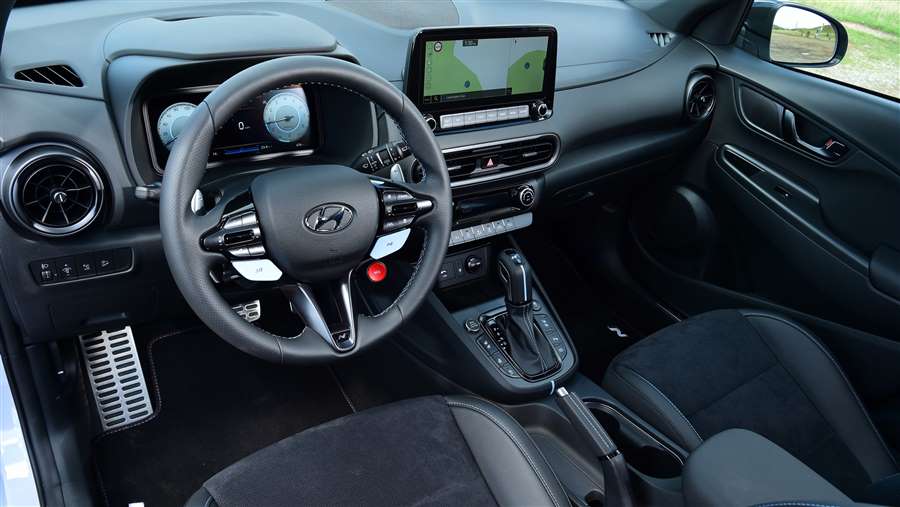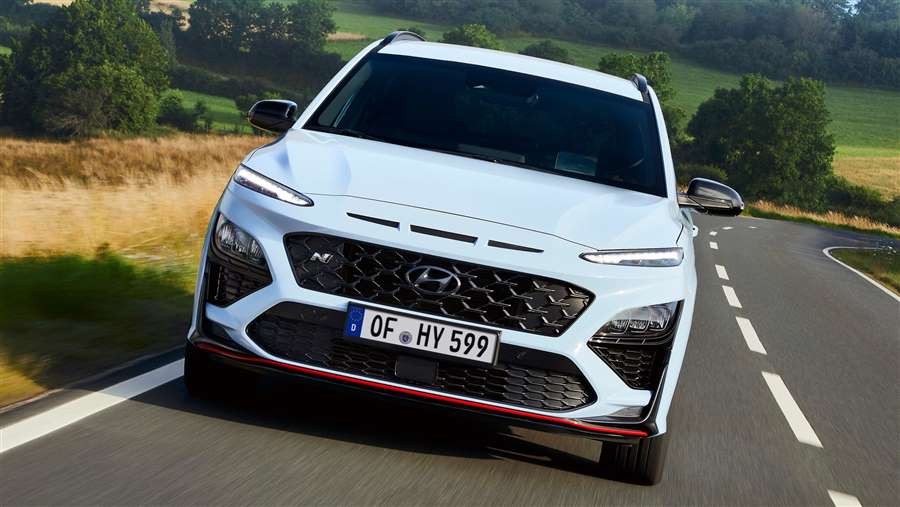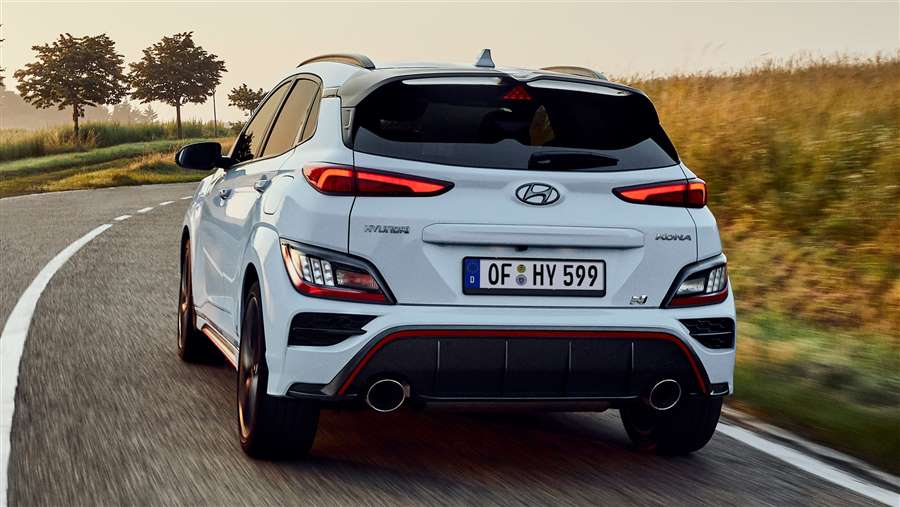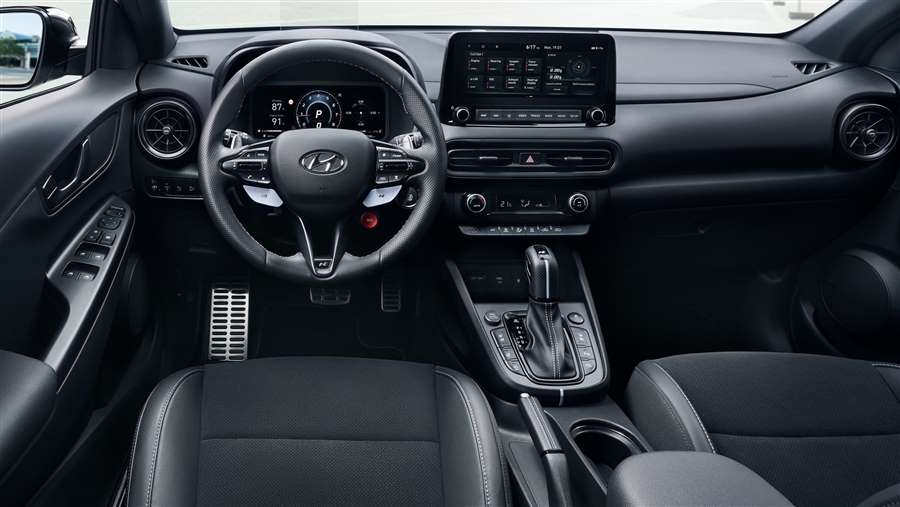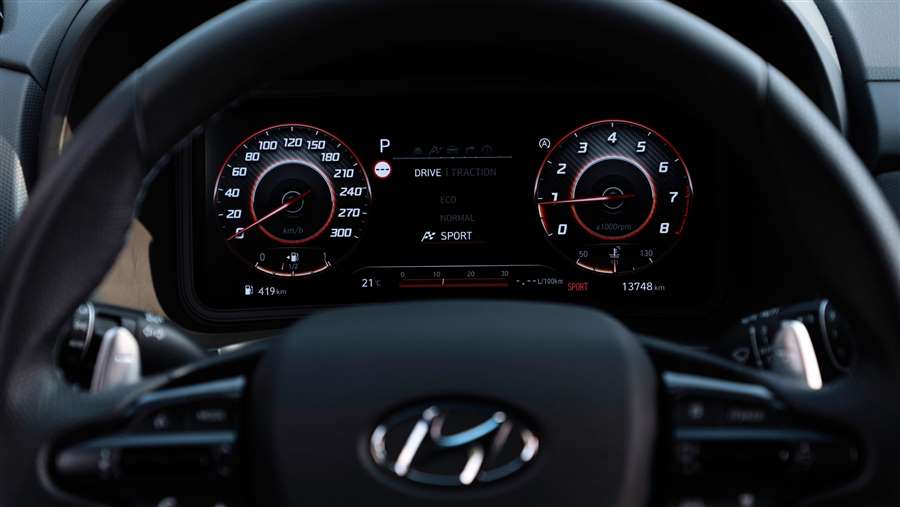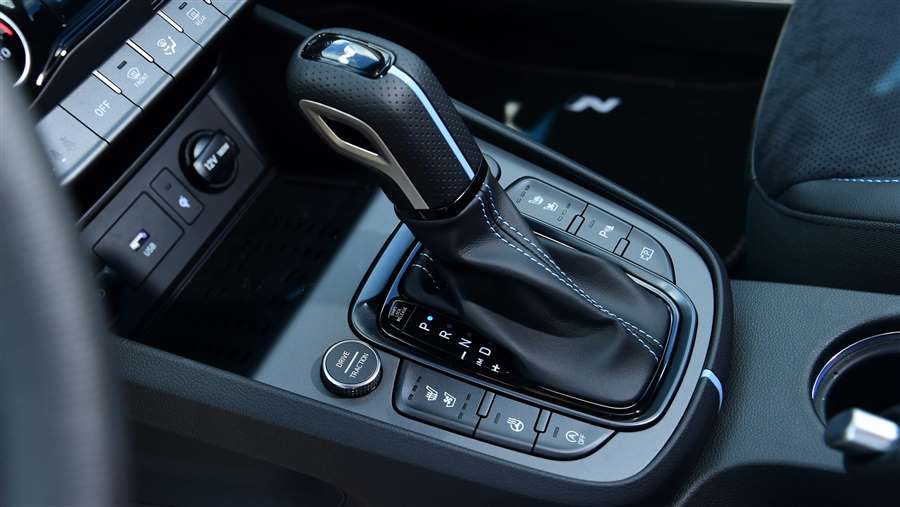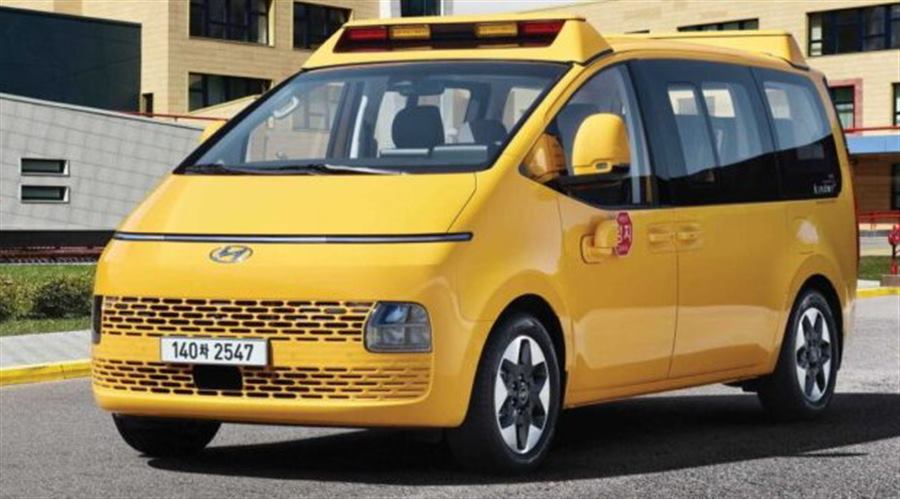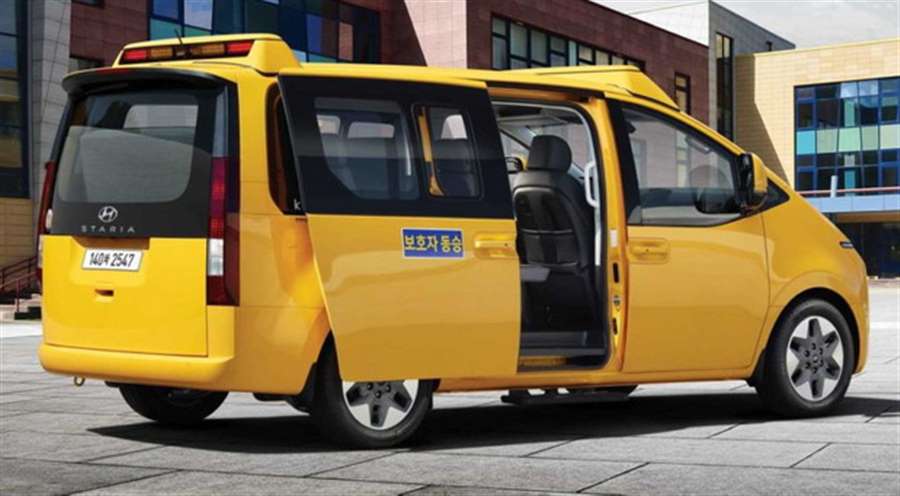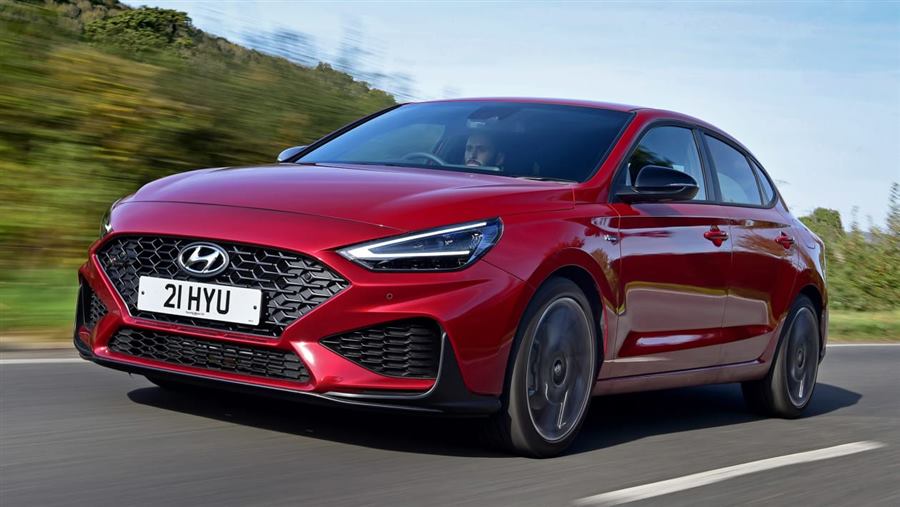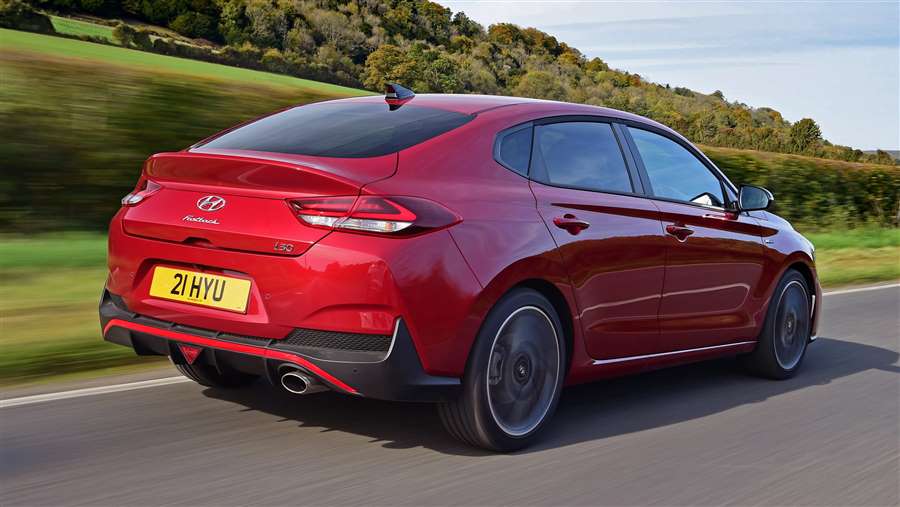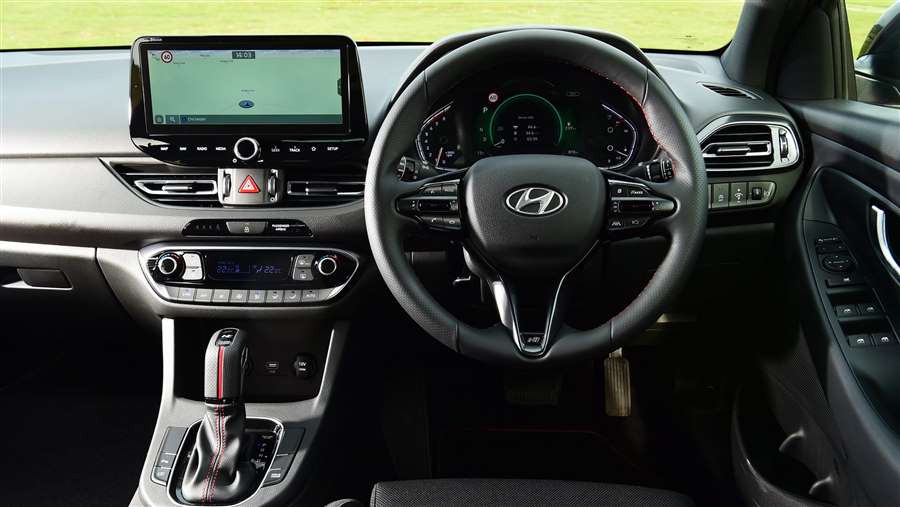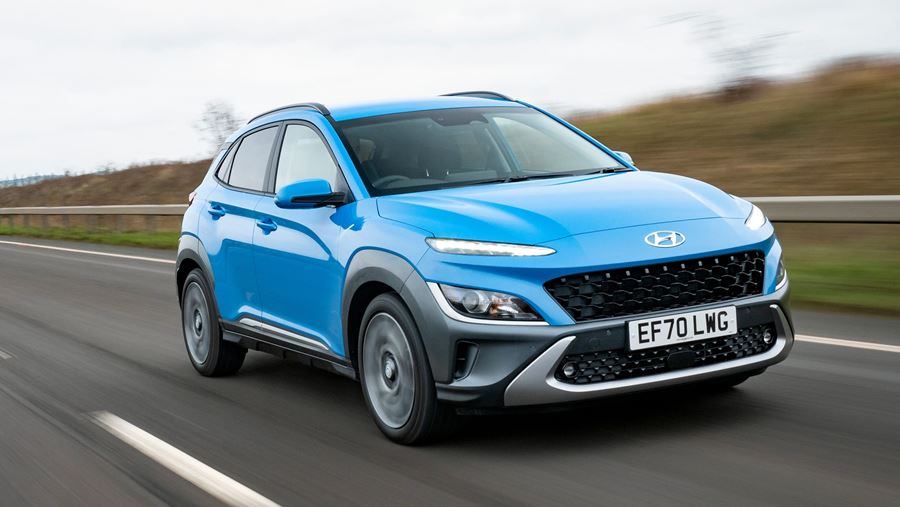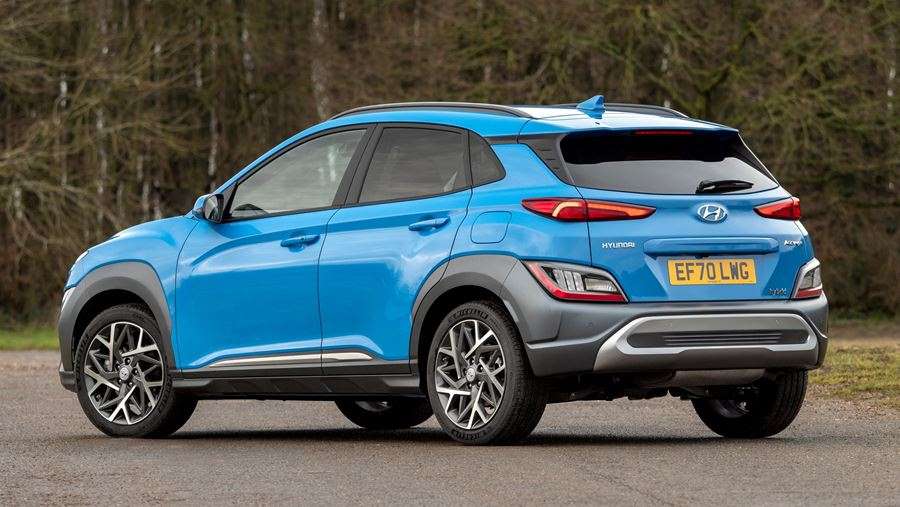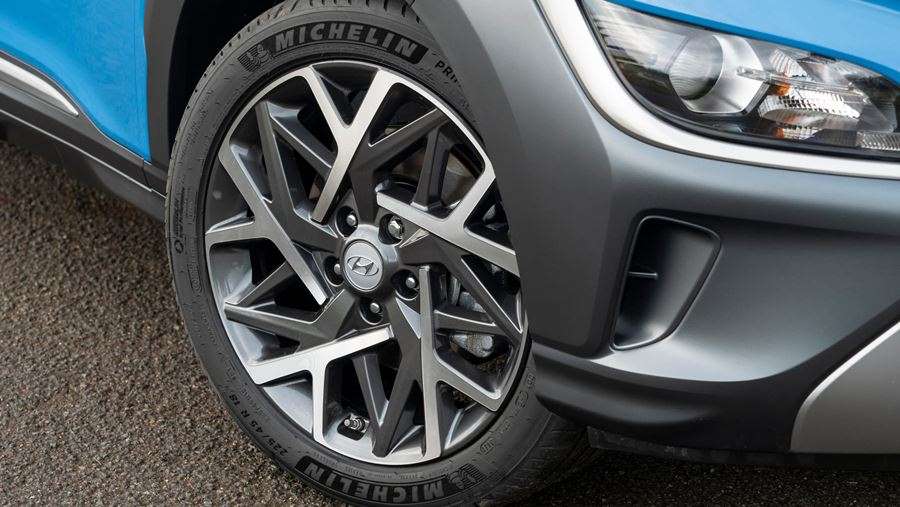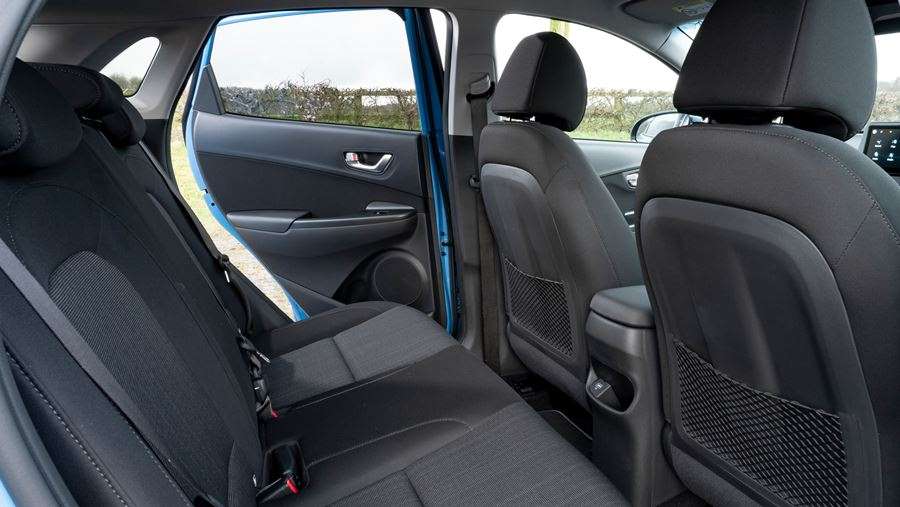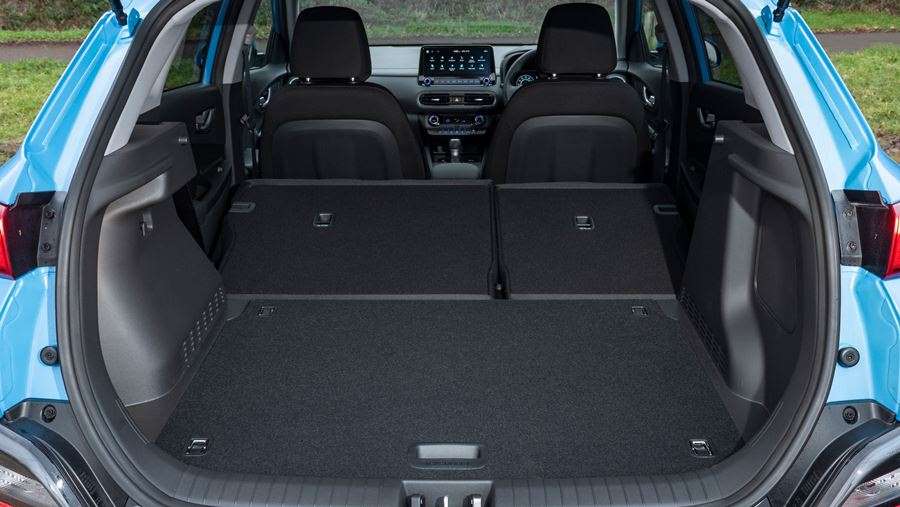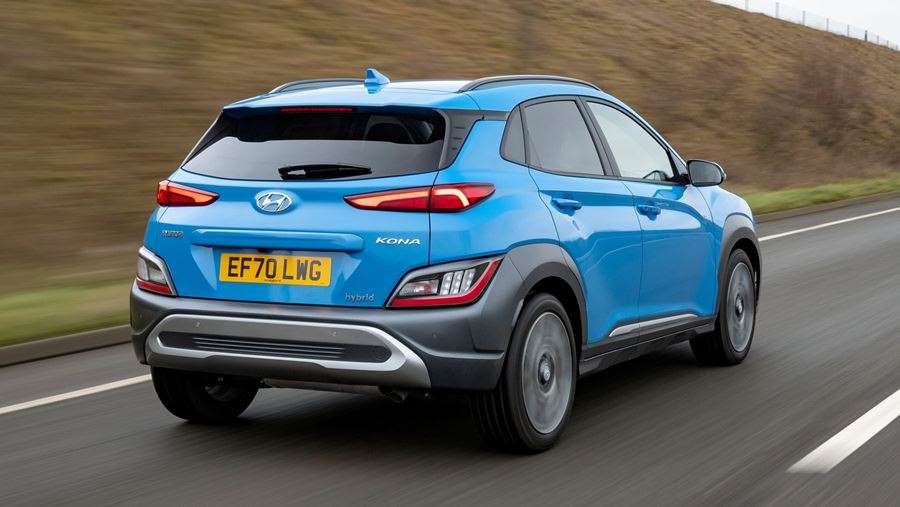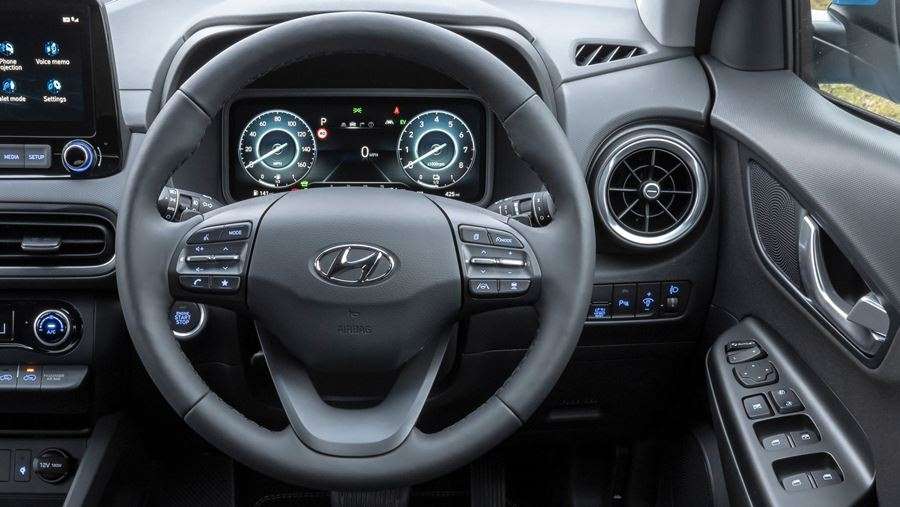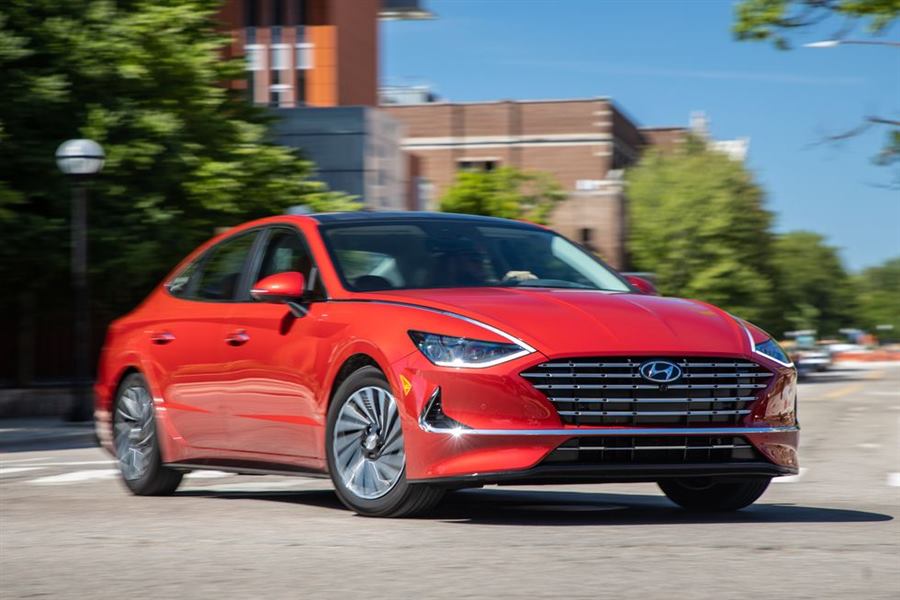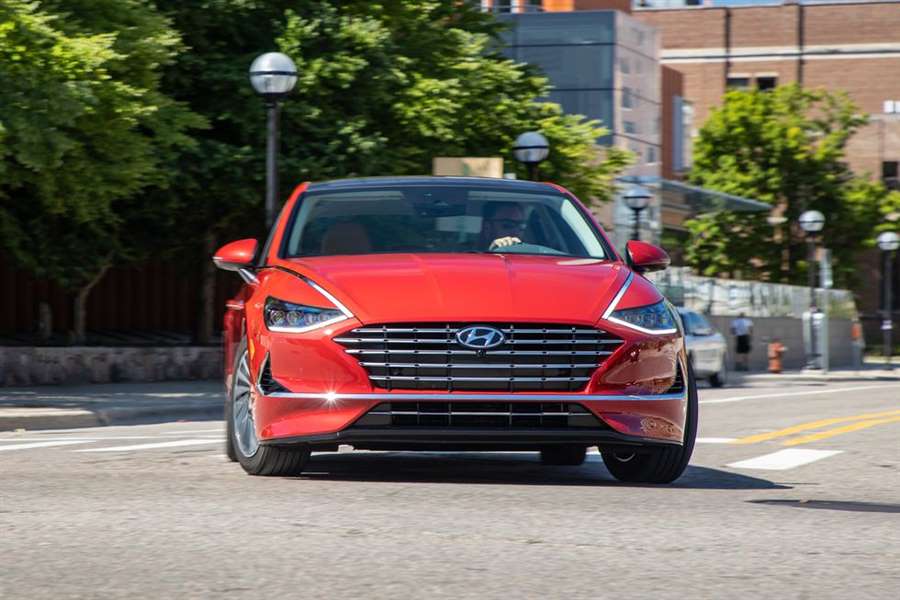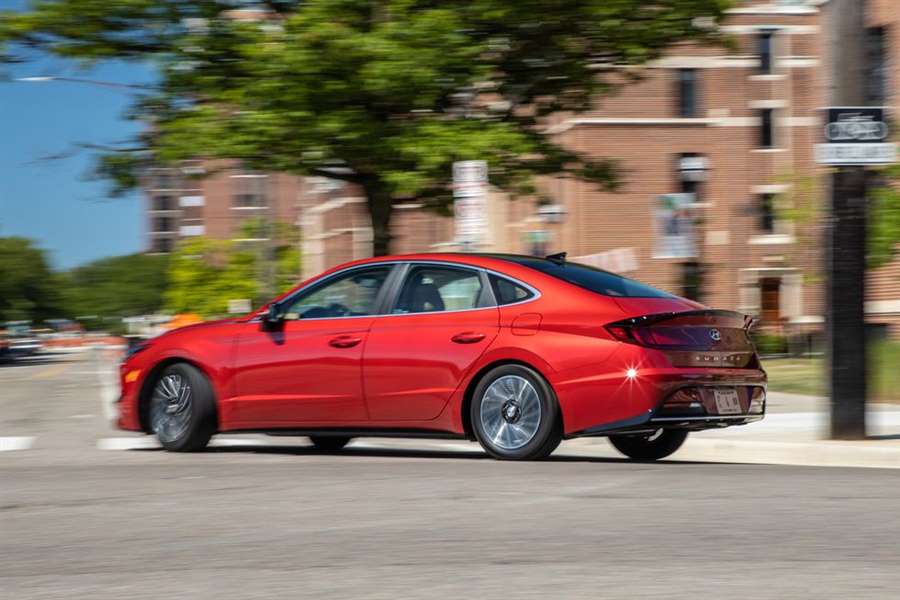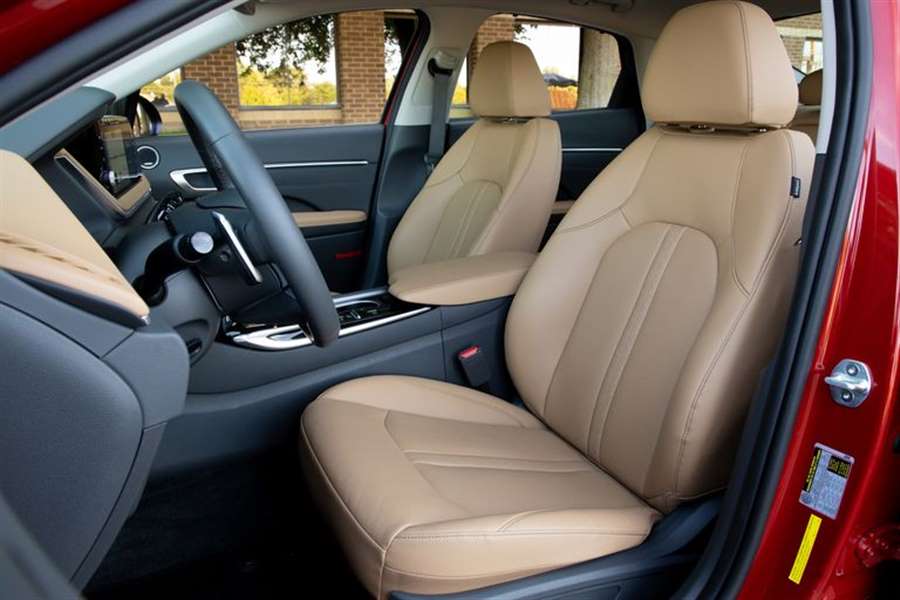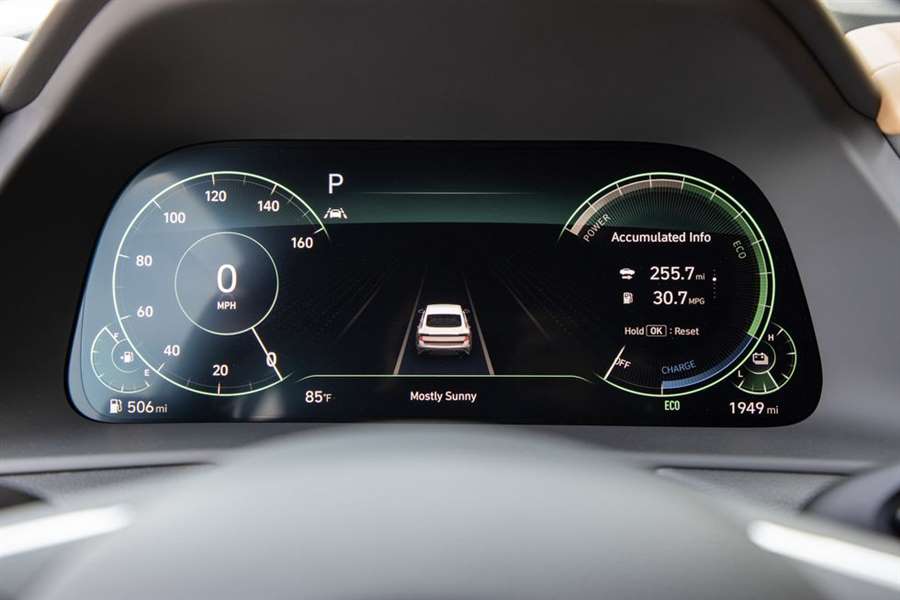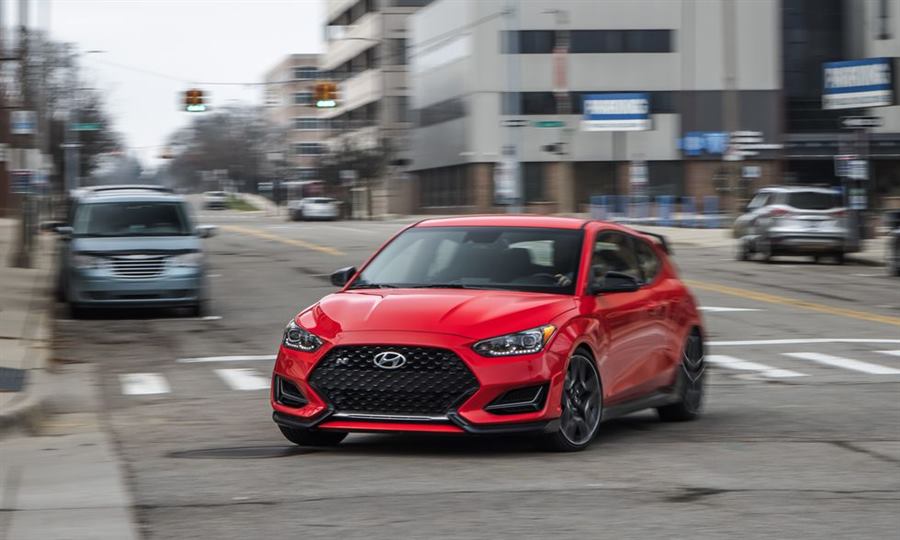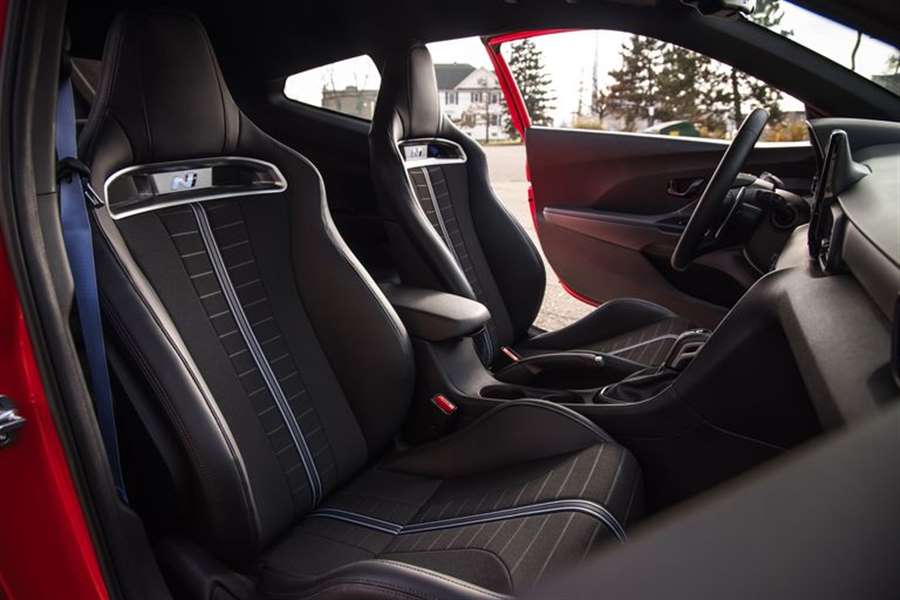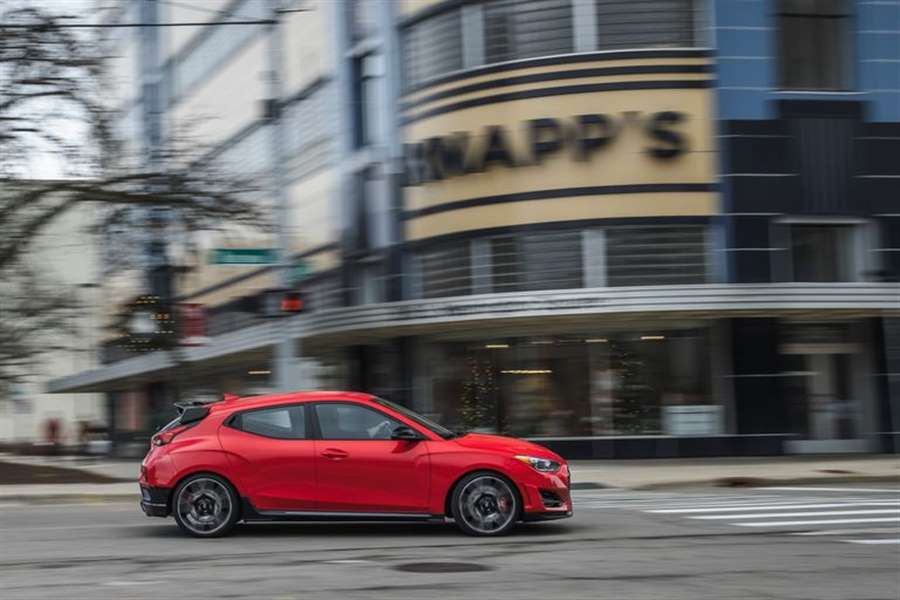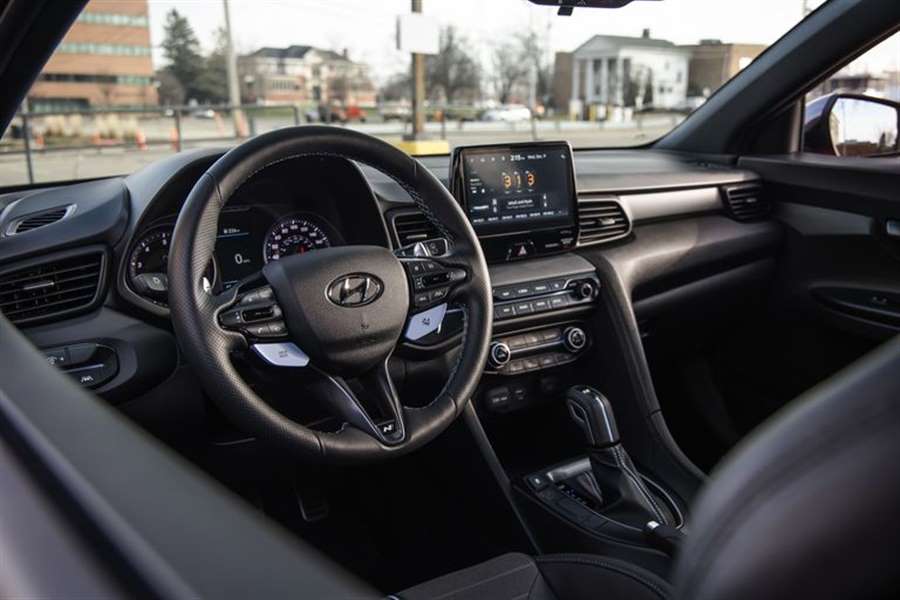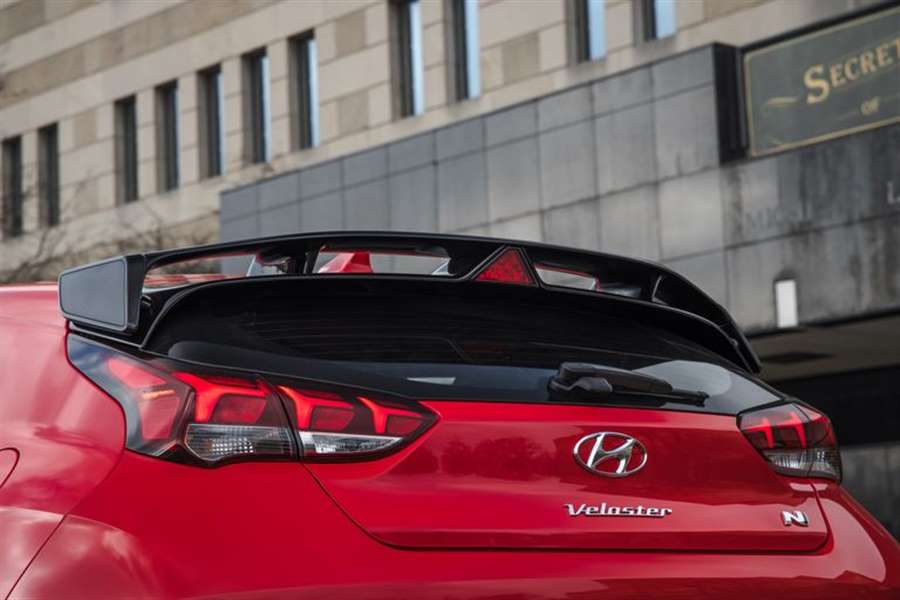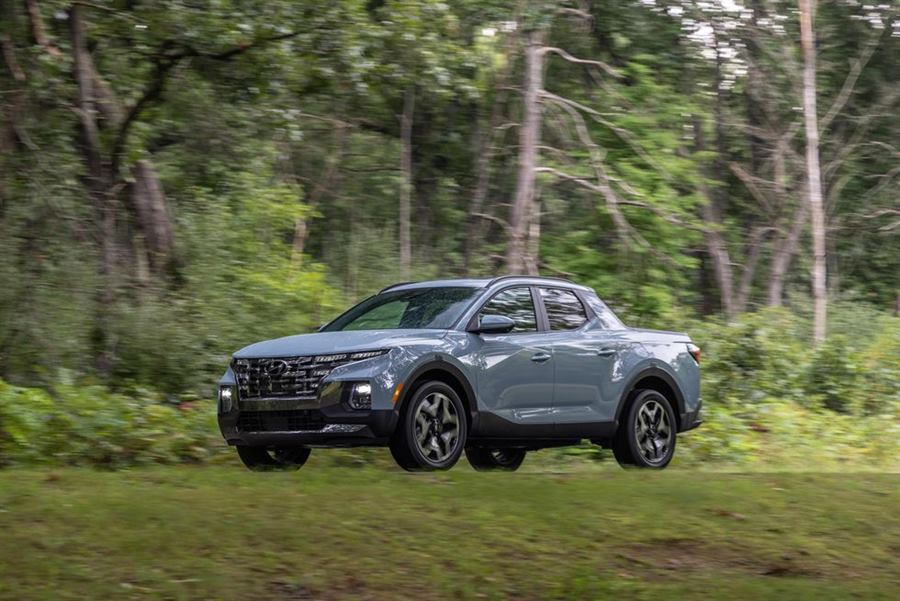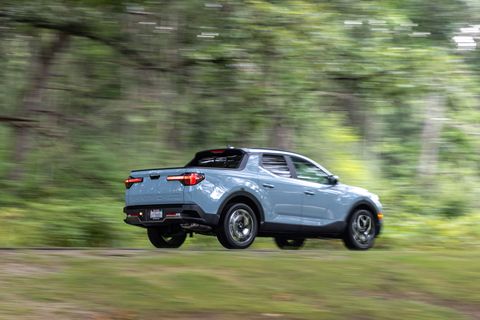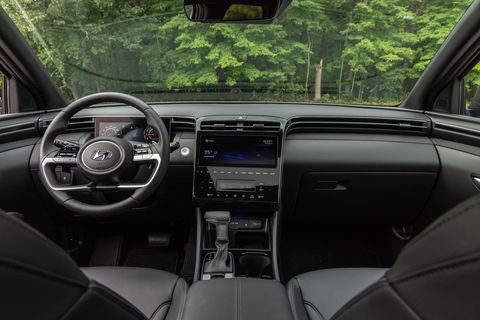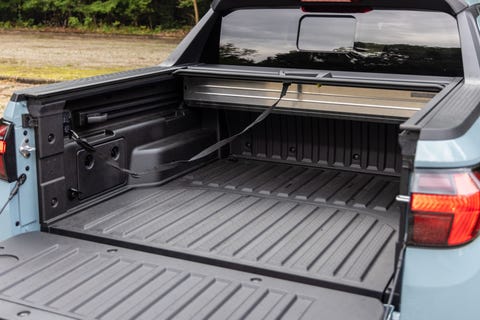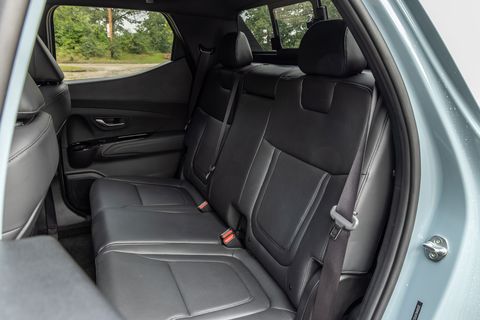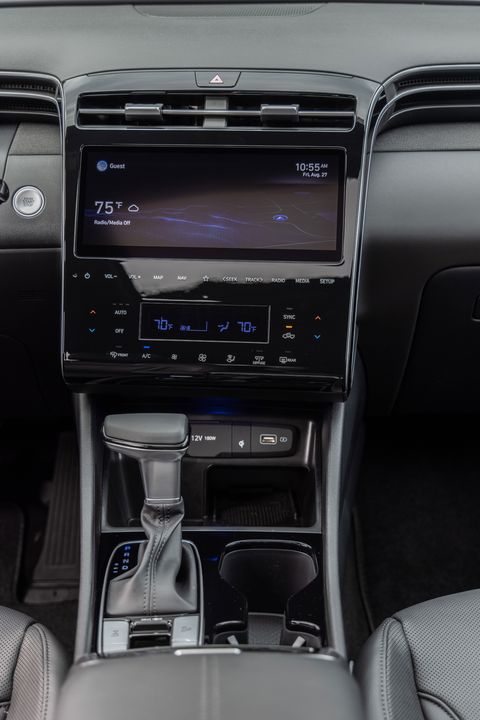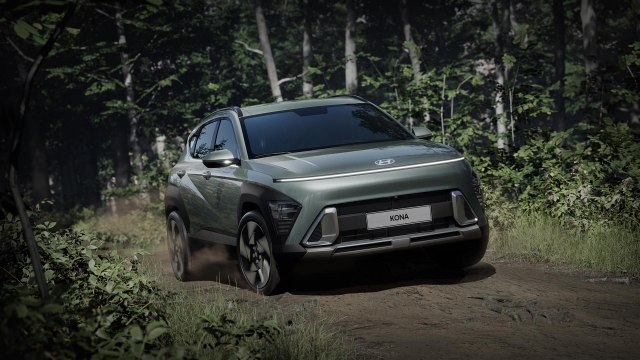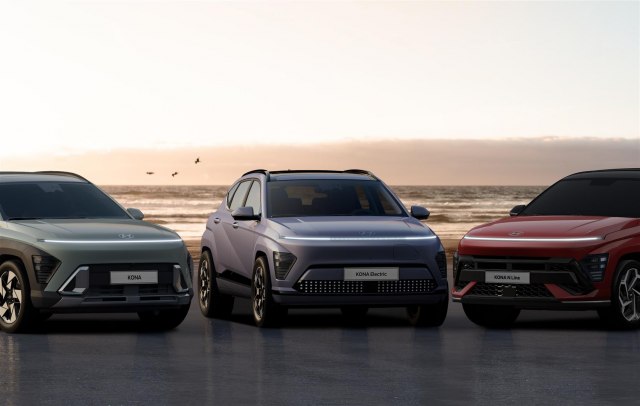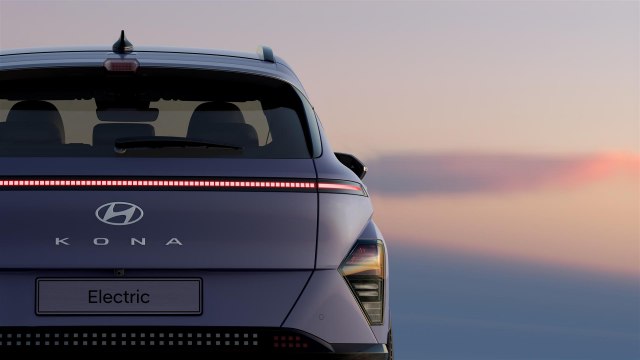Breaking into the lucrative truck market isn't for the faint of heart. Subaru's Baja lasted four short years, Honda had to butch up the looks of its Ridgeline to secure a seat at the table, and even Toyota's T100 stumbled until it became the V-8-powered Tundra. And who can forget the Ford Explorer Sport Trac? It would seem that to succeed in this segment, your truck had better look and perform like, well, a truck.
In what may be an attempt to manage expectations, Hyundai isn't using the "t" word to describe its new entry, instead referring to it as a "Sport Adventure Vehicle." Hyundai even goes so far as to claim the Santa Cruz wasn't designed as a mid-size truck competitor, but one look at the package and it's hard to classify it as anything else.
Despite its Tucson underpinnings, the Santa Cruz is capable of trucklike activities. Turbo all-wheel-drive models are rated to tow 5000 pounds, and even the base front-drive setup can tow 3500 pounds. Trailer sway control, a function of the stability-control system, helps mitigate untoward trailer motions and comes standard on all models. Off-road excursions are also possible, as 8.6 inches of ground clearance is enough to get you into the rough stuff. A decent 23.2-degree departure angle will ensure you'll get out of most moderately difficult situations without leaving the rear bumper on the trail. The journey itself might not be entirely smooth, as we found that the stickiness of the Santa Cruz's floor-mounted throttle pedal can make it difficult to maintain a smooth crawling speed.
Packed with cubbies and hidden compartments, the Santa Cruz's plastic bed is more intricate than a puzzle box. Just as in the Honda Ridgeline, there's a lockable underfloor storage space located close enough to the tailgate that it's easy to retrieve items without straining yourself. Drain plugs make it a perfect place to keep drinks on ice. More storage can be found on the sides of the bed behind the wheel wells, along with an AC power outlet with enough current to run a small refrigerator. There are tie-downs throughout, as well as an adjustable cleat system. The space above the wheel wells is wide enough to accommodate four-foot-wide sheets of plywood.
Climb in and you'll discover a refined interior largely shared with the Tucson. A reasonably hushed 67 decibels of noise creep into the cabin at 70 mph, with full-throttle pulls registering only 72 decibels on our sound meter. The instrument panel and infotainment screen are neatly tucked into the dash, rather than being mounted on top. The result is a clean, low-profile dashtop, which allows for excellent forward visibility. The Santa Cruz accommodates tall passengers in both rows, with plenty of headroom and decent legroom in the rear. Like many pickups with small sliding rear windows, objects that pass through are limited to things the size of soccer balls and six-packs.
Despite what Hyundai claims, those little illustrations indeed resemble the shape of a truck because the Santa Cruz's silhouette says truck. But the exterior lacks the upright and squared-off look that characterizes traditional pickups. The styling is a muscular and bulked-up take on Hyundai's latest design language, and the big, bold grille full of brightwork is handsome. But the Santa Cruz looks like a crossover-turned-pickup. It makes no attempt to hide its roots.

